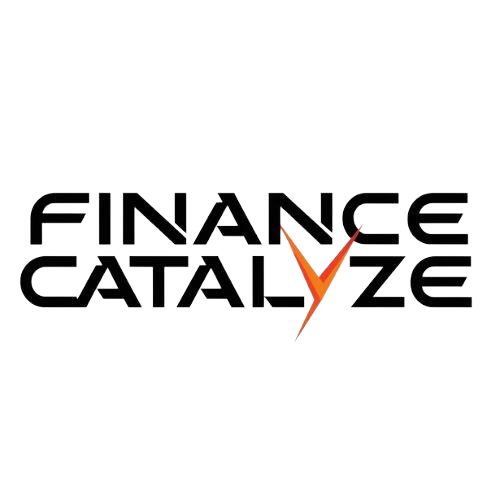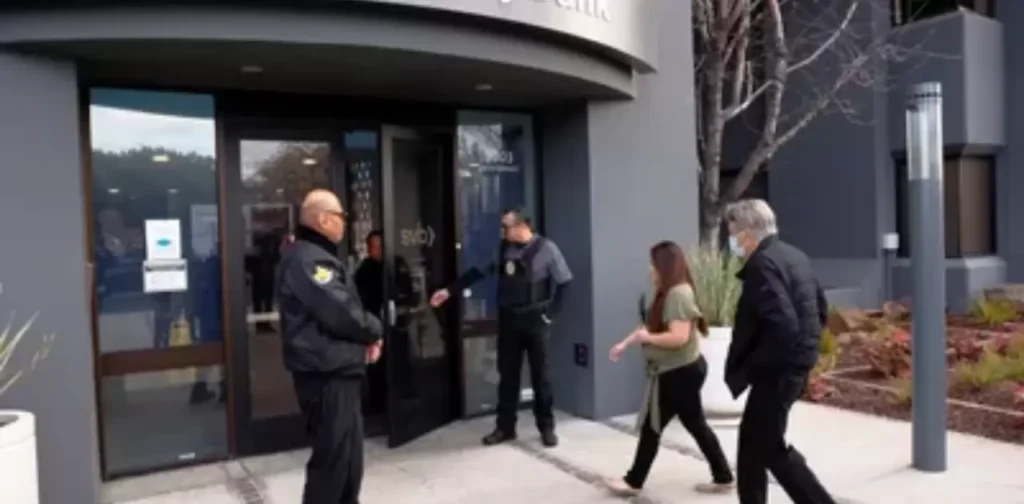Silicon Valley Bank’s collapse in March 2023 sent shockwaves through the financial world and tech industry. What happened to Silicon Valley Bank, and why did it matter so much?
SVB was not just any bank it was the go-to financial partner for countless tech startups and venture capital firms. Founded in 1983 it grew to become the 16th largest bank in the U.S. with assets totaling $209 billion by 2022.
But a perfect storm of factors led to its sudden downfall:
- Risky investments in long-term bonds
- Rising interest rates that devalued those bonds
- A tech industry slowdown causing massive withdrawals
- Regulatory blind spots that allowed its rapid growth
In just 72 hours, from March 8-10, 2023, SVB went from announcing huge losses to being shut down by regulators. Its collapse marked the largest bank failure since the 2008 financial crisis triggering a government rescue and sparking debates about banking regulations and the tech industry’s financial practices.
The Rise and Fall of a Tech Industry Titan
Silicon Valley Bank’s collapse in March 2023 sent shockwaves through the financial world and tech industry. But what happened to Silicon Valley Bank, and why did it matter so much? Let’s dig into the story of this unique institution and its spectacular downfall.
From Poker Night to Powerhouse
Silicon Valley Bank (SVB) was not born in a boardroom but over a poker game. In 1983, Bill Biggerstaff and Robert Medearis hatched an idea. A bank tailored to the needs of tech startups and venture capitalists. With Roger Smith as CEO, they opened their first branch in San Jose, California.
SVB quickly became the go-to bank for the tech industry. Its growth was nothing short of meteoric:
- By 2022, it had become the 16th largest bank in the US
- Assets totaled a whopping $209 billion
- 44% of US venture-backed tech and healthcare IPOs in 2022 were SVB clients
- It served over 50% of all US venture-backed companies
This was not just any bank it was the financial backbone of Silicon Valley’s innovation ecosystem.
The Perfect Storm: What Happened to Silicon Valley Bank?
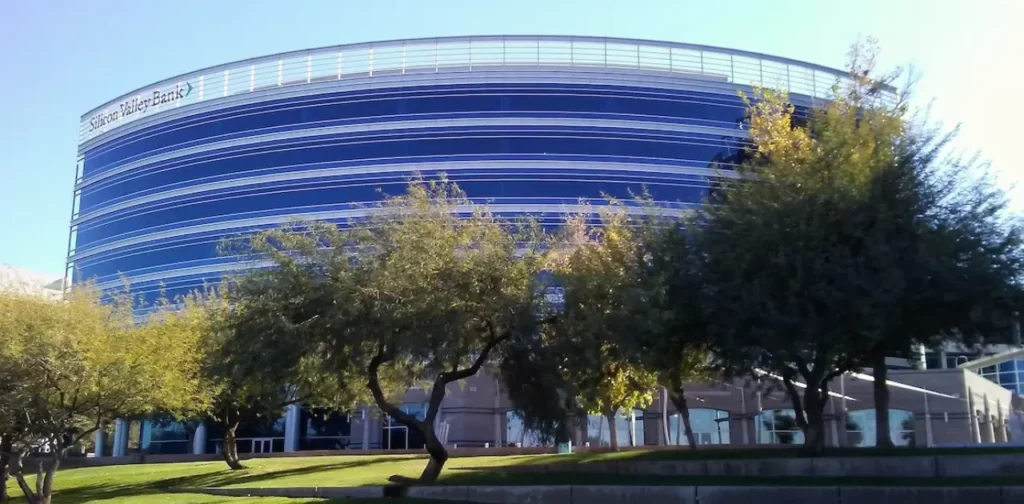
So, what happened to Silicon Valley Bank? Its collapse wasn’t due to a single factor, but a perfect storm of circumstances:
- Risky Investment Strategy: SVB took the deposits flooding in from tech companies and invested heavily in long-term bonds. While considered safe,these investments became problematic when interest rates rose.
- Interest Rate Hikes: As the Federal Reserve increased rates to combat inflation. the value of SVB’s bond portfolio plummeted leaving the bank with significant unrealized losses.
- Tech Industry Slowdown: As the tech sector cooled in 2022 and early 2023, many of SVB’s clients began withdrawing funds to cover their own cash needs.
- Regulatory Blind Spots: Changes to the Dodd-Frank Act in 2018 meant that SVB, despite its size, was not subject to the strictest regulatory oversight.
The 72-Hour Freefall
The events leading to SVB’s closure unfolded at breakneck speed:
- March 8, 2023: SVB announces a $1.8 billion loss on its bond portfolio and plans to raise capital.
- March 9: SVB’s stock crashes, and customers attempt to withdraw $42 billion in a single day.
- March 10: Federal regulators step in and close the bank before it can open for business.
In just 72 hours the 16th largest bank in the U.S. had failed the largest bank collapse since Washington Mutual in 2008.
Recommended Blog: Best Bank Bonuses for July 2024
Ripple Effects: Beyond Silicon Valley
The impact of SVB’s collapse spread far beyond its Silicon Valley roots:
- Startup Panic: Thousands of tech startups suddenly found themselves unable to access their funds, threatening payrolls and operations.
- Market Jitters: Bank stocks across the board took a hit as investors feared a wider banking crisis.
- Confidence Crisis: The rapid failure of a seemingly stable bank raised questions about the health of the entire banking system.
“The collapse of Silicon Valley Bank is a wake-up call for both the tech industry and the banking sector. It highlights the dangers of concentrated risk and the importance of diversification.”
Financial analyst Jane Doe
The Government’s Response: A Controversial Rescue
Faced with the prospect of widespread economic fallout, the U.S. government took swift action:
- The FDIC stepped in to take control of SVB’s assets.
- Regulators guaranteed all deposits even those above the standard $250,000 FDIC insurance limit.
- The Federal Reserve announced the Bank Term Funding Program (BTFP) to provide additional liquidity to banks.
While these actions likely prevented a wider crisis, they also sparked debate about moral hazard and the role of government in private banking failures.
Lessons Learned: What SVB’s Collapse Teaches Us
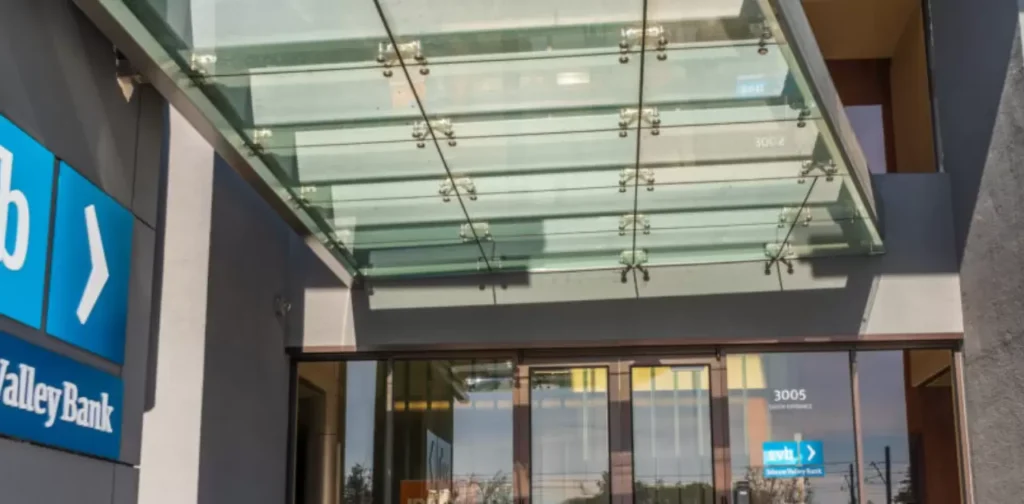
The fall of Silicon Valley Bank offers several key lessons:
- Diversification is crucial: Over-reliance on a single industry or investment strategy can be dangerous.
- Rapid growth requires robust risk management: SVB’s explosive growth outpaced its risk control measures.
- Social media can accelerate bank runs: The speed of information (and misinformation) spread can exacerbate financial panics.
- Regulatory gaps persist: Despite post-2008 reforms some banks still fall through regulatory cracks.
The Aftermath: SVB’s Second Life
On March 26, 2023, First Citizens Bank announced it would acquire SVB’s deposits and loans. This move provided some stability for former SVB customers, but questions remain about the future of tech-focused banking.
| Key Facts About the First Citizens Acquisition |
| Purchase Price: $16.5 billion |
| Acquired Assets: $110 billion |
| Estimated Cost to FDIC: $20 billion |
Preventing Future Collapses: What’s Next?
In the wake of SVB’s failure there have been calls for:
- Stricter regulations on mid-sized banks
- Enhanced stress testing and risk assessment procedures
- Better balancing of innovation and stability in the banking sector
As the dust settles, one thing is clear: the collapse of Silicon Valley Bank will have lasting impacts on both the tech industry and the broader financial system.
Recommended Blog: What Is a Regional Bank? How Does It Differ from a National Bank?
The Tech Industry’s Response: Adapting to a New Reality
The collapse of Silicon Valley Bank sent shockwaves through the tech industry forcing many companies to reassess their financial strategies. Here is how the sector has been adapting:
- Diversification of Banking Relationships: Many startups are now spreading their funds across multiple banks to reduce risk.
- Increased Focus on Cash Management: Companies are paying closer attention to their cash positions and exploring more sophisticated treasury management tools.
- Shift Towards Larger Banks: Some startups are moving their funds to larger more established banks perceived as too big to fail.
- Rise of Alternative Financial Services: There is growing interest in fintech solutions that offer alternatives to traditional banking.
“The SVB collapse was a wake-up call for the tech industry. We can not take financial stability for granted anymore.”
Sarah Johnson, CEO of TechStartup Inc.
Case Study: The Impact on a Typical Startup

Let’s look at how SVB’s collapse affected a hypothetical startup, TechInnovate:
- Before the Collapse: TechInnovate had $5 million in SVB all its operating cash.
- During the Crisis: The company could not access its funds for several days causing panic about meeting payroll.
- After the Resolution: TechInnovate now keeps its funds spread across three different banks and has implemented a more robust cash management strategy.
This case illustrates the very real consequences many tech companies faced and the changes they have had to make in response.
The Role of Venture Capital in the SVB Saga
Venture capital firms played a significant role in both the rise and fall of Silicon Valley Bank:
- SVB’s Growth: VCs steered their portfolio companies towards SVB fueling its rapid expansion.
- The Bank Run: Some VCs advised their startups to withdraw funds contributing to the bank run.
- Aftermath: Many VCs are now advising more cautious banking practices.
| VC Firms’ Changing Advice to Startups |
| Pre-SVB Collapse: Use SVB for all banking needs |
| During Crisis: Withdraw funds immediately |
| Post-Collapse: Diversify banking relationships |
Global Ramifications: Beyond U.S. Borders
While Silicon Valley Bank was primarily a U.S. institution, its collapse had global repercussions:
- UK Tech Sector: The UK government had to step in to facilitate HSBC’s purchase of SVB’s UK arm to protect British tech firms.
- International Startups: Many international startups that had U.S. operations banked with SVB and were affected.
- Global Banking Confidence: The incident raised questions about the stability of banks worldwide, particularly those serving specific industries.
The Future of Tech Banking: What is Next?
As the dust settles on the SVB collapse, the future of tech-focused banking is evolving:
- Emergence of New Players: Some see an opportunity to fill the gap left by SVB with new, more technologically advanced banking solutions.
- Enhanced Due Diligence: Both startups and investors are likely to scrutinize banks’ financial health more closely.
- Regulatory Changes: There may be new regulations specifically targeting banks that serve high-growth, volatile sectors like tech.
- Blockchain and Crypto Solutions: Some in the tech industry are exploring decentralized finance (DeFi) options as alternatives to traditional banking.
Lessons for Individual Investors
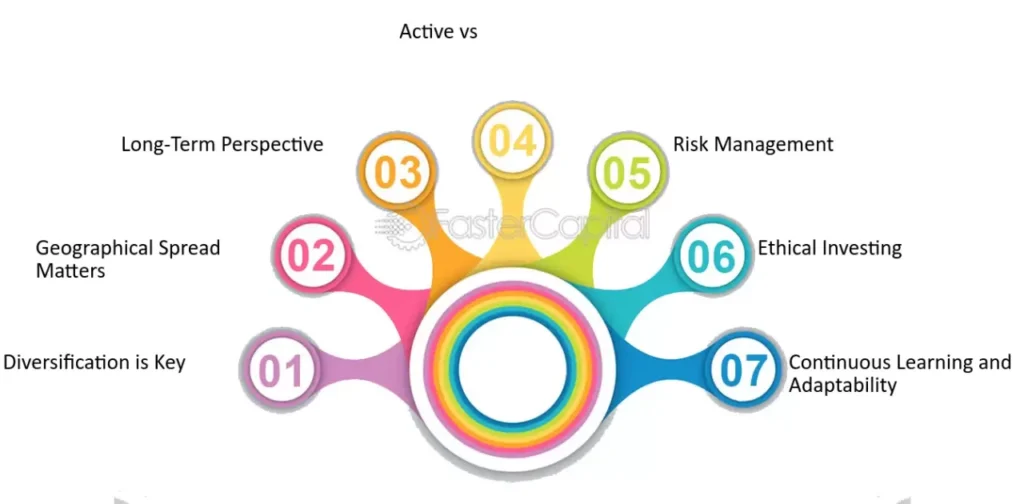
While the SVB collapse primarily affected businesses there are lessons for individual investors too:
- Diversification is Key: Do not put all your eggs in one basket, it is a single bank or a single sector.
- Understand FDIC Limits: Be aware of the $250,000 FDIC insurance limit and structure your accounts accordingly.
- Stay Informed: Keep an eye on financial news and your bank’s financial health.
- Consider Multiple Account Types: Spreading funds across checking, savings, and investment accounts can provide additional protection.
Frequently Asked Questions
Is my money safe in other banks?
The FDIC insures deposits up to $250,000 per depositor per bank for each account ownership category. SVB’s collapse serves as a reminder to be aware of your bank’s financial health and to diversify large deposits across multiple institutions if necessary.
What exactly is FDIC insurance?
FDIC (Federal Deposit Insurance Corporation) insurance is a government-backed guarantee that protects bank depositors from losses if their bank fails. It covers up to $250,000 per depositor per insured bank for each account ownership category.
How did SVB’s collapse affect the tech industry?
The collapse caused immediate cash flow issues for many startups and tech companies that banked with SVB. It also led to broader concerns about funding and financial stability in the tech sector.The quick action by regulators to guarantee deposits helped mitigate some of the potential damage.
Could taxpayers end up footing the bill for SVB’s failure?
While the FDIC has stated that no taxpayer money will be used to cover losses from SVB’s failure the cost to the Deposit Insurance Fund (which is funded by bank premiums) could indirectly impact consumers through potential increases in banking fees or reduced interest rates on deposits.
What steps can I take to protect my deposits?
To protect your deposits:
- Stay within FDIC insurance limits (typically $250,000 per depositor, per bank).
- Spread large deposits across multiple banks.
- Stay informed about your bank’s financial health.
- Consider using cash management accounts that spread your money across multiple banks automatically.
The collapse of Silicon Valley Bank serves as a stark reminder of the volatility that can exist even in seemingly stable financial institutions. By understanding what happened to Silicon Valley Bank we can better prepare for and potentially prevent similar crises in the future.
Conclusion: The Lasting Impact of SVB’s Collapse
The fall of Silicon Valley Bank will likely be studied in business schools for years to come. It serves as a cautionary tale about the dangers of rapid growth without adequate risk management the potential pitfalls of industry-specific banking, and the speed at which a financial institution can collapse in the digital age.
As we move forward the tech industry regulators and the broader financial sector will need to work together to create a more resilient banking system that can support innovation while maintaining stability. The story of what happened to Silicon Valley Bank may be over but its impact will be felt for years to come.

Haarrii, a seasoned finance expert with 4 years of hands-on experience, brings insightful analysis and expert commentary to our platform. With a keen eye for market trends and a passion for empowering readers, Haarrii delivers actionable insights for financial success.
